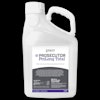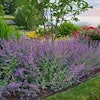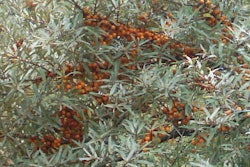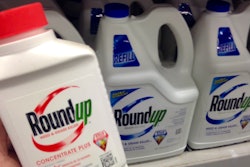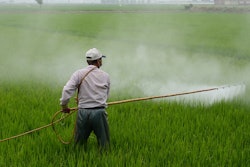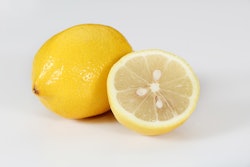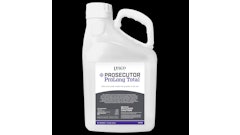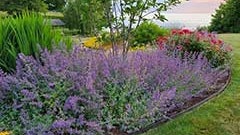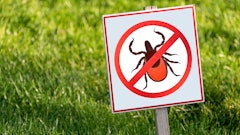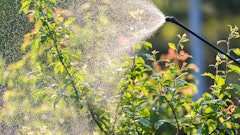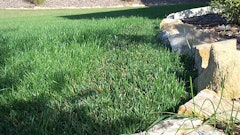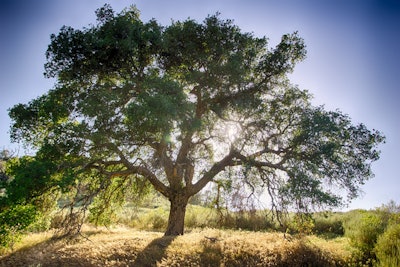
The farm media have widely covered dicamba herbicide damage in soybean fields across the Midwest this summer. However, reports of off-target herbicide damage to other susceptible plants from early season weed control practices on both corn and soybeans are also on the rise.
Personal reports and documentation of damage to oak trees in residential and forested areas have been occurring since late spring when leaves began appearing on trees. Most noticeable are the stunting, twisting and cupping of leaves on redbuds, oak trees and native flowering plants—symptoms of 2,4-D and dicamba herbicide damage.
Extension horticulturalists have documented herbicide damage to landscape plantings for many years.
“We need a better understanding of what this type of repeated exposure to herbicides is doing to native plants and natural ecosystems, and what that will mean for the pollinators and wildlife that depend on them,” Prairie Rivers Network, Habitat and Agricultural Programs Specialist Kim Erndt-Pitcher said. “The citizens of Illinois who value these areas for recreation and hunting will also be affected.”
To read the full original article, please click here.
